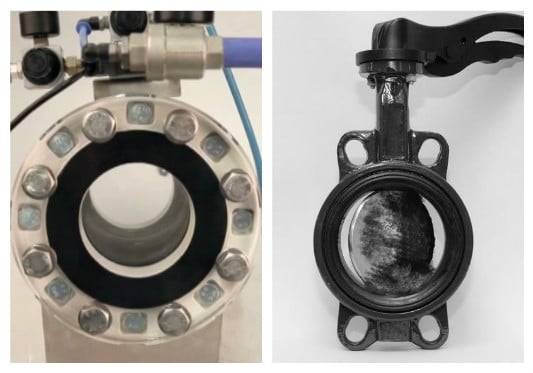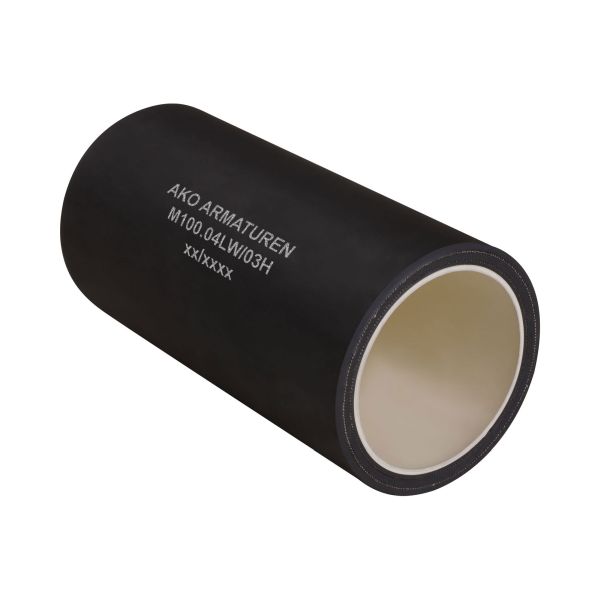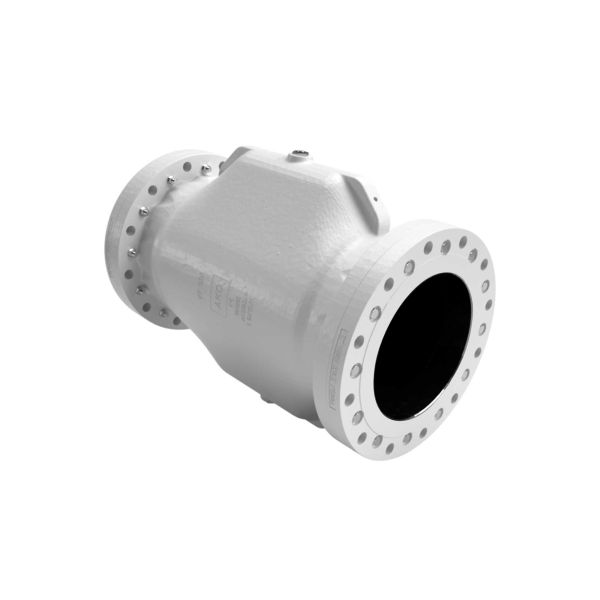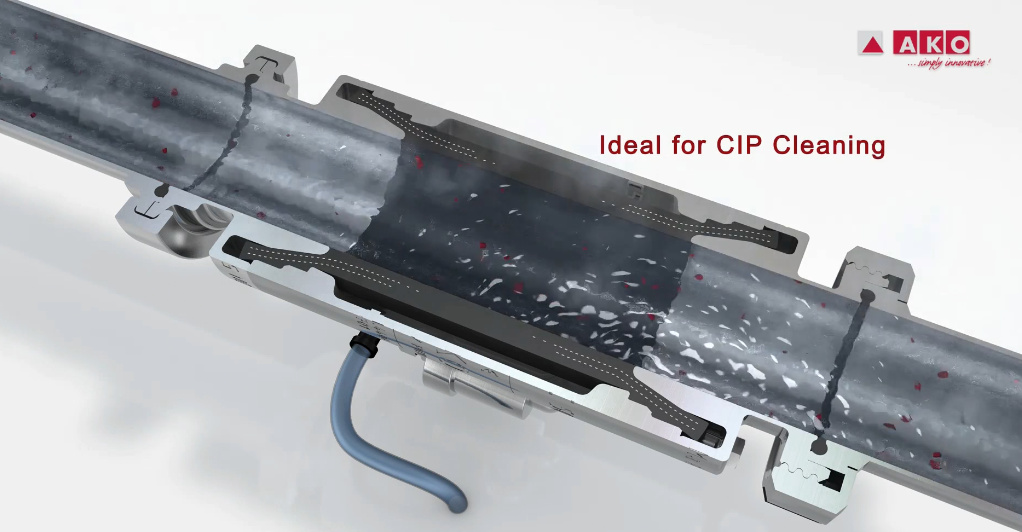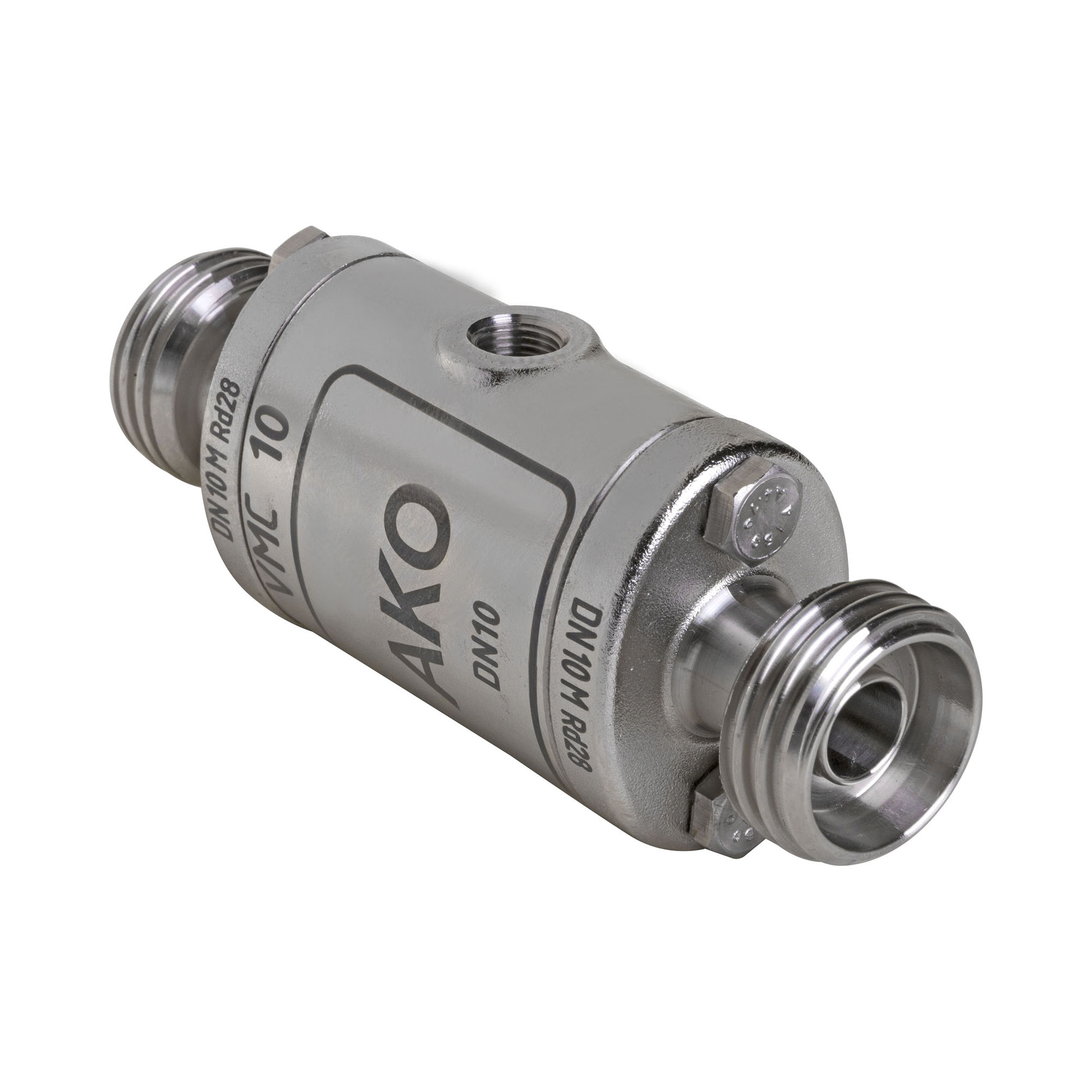Pinch Valves vs Butterfly Valves: Silo Safety at a Pinch
Here we discuss the differences of two valve types, and go into detail about Pinch Valves vs Butterfly Valves…
Silo over pressurisation has resulted in a number of potentially serious incidents. For example filter housings weighing hundreds of kilos and powder products have been ejected from the tops of silos. At least one serious injury has occurred because of this problem. As well as the more obvious dangers there is a potentially huge risk to the environment if an explosion should occur.
Guidelines have been issued by the Health and Safety Executive to help companies affected by this hazard. Potentially all companies with storage silos need to be aware of the problem and take steps to ensure the safe filling of them.
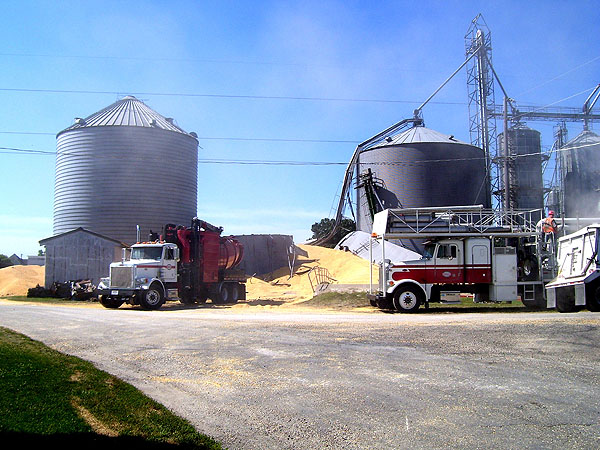
When pumping powder, particle or granular products into a silo, increasing air pressure can sometimes cause damage to the silo and more seriously bystanders can be injured if an explosion occurs. At the very least silos can be overfilled, causing waste and/or contamination of product, costing thousands of pounds.
Pinch Valve & Solenoid Solution
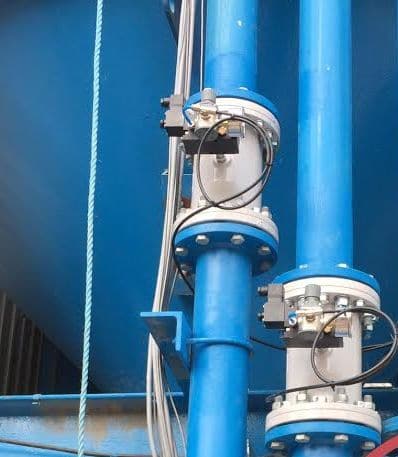
Let’s look at Pinch Valves vs Butterfly Valves. AKO UK and RGS have launched a unique system for rapid and safe filling of silos, using a pinch valve and special solenoid valve to control the product flow. ‘Standard’ pinch valves are known to fail open, but this system overcomes this problem while maintaining all the benefits of using a pinch valve in this application instead of a butterfly valve.
Previously standard type pinch valves have failed open, but using the unique RGS solenoid valve on the system the pinch valve will fail closed. If the system has lost air and the pinch valve is in the closed position it will remain closed until an engineer can sort out the problem. When the pinch valve is open and the driver is unloading his tanker into the silo, loss of air is detected by a pressure switch and again the pinch valve immediately closes.
The AKO pinch valve is permanently mounted in the silo input line. As the tanker discharges its product load using its own integral pump, a paddle switch mounted in the top of the silo senses the increasing level of silo contents. When the movement of its rotating paddles is restricted by the level, it ceases rotation and trips a microswitch, sending a signal to the solenoid on the pinch valve. The solenoid activates instantly and allows air pressure to close the sleeve in the pinch valve. Simultaneously the pinch valve triggers an audible alarm advising the tanker driver to stop his pump. Pinch Valves vs Butterfly Valves seems to be a ‘no brainer’ in this case.
Pinch Valves Vs. Butterfly Valves
Controlled filling systems using butterfly valves are occasionally used on silo safety systems, but the flow through the valve is restricted by the butterfly disk, slowing down the filling process. The valve seat becomes contaminated with trapped product, resulting in spillage, waste and cross-contamination. The butterfly disk also wears very quickly increasing maintenance down time.
The use of a pinch valve eliminates these problems immediately. A full bore 100mm diameter allows unrestricted product flow. Tanker discharge time can be effectively reduced by more than 10%. FDA approved white rubber sleeves can be supplied with stainless steel contact parts for handling foodstuffs and pharmaceuticals.
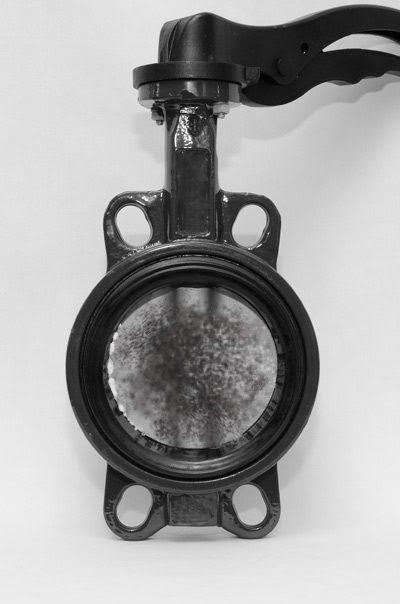
Advantages of the AKO Pinch Valve
Pinch Valves have been used for years in all abrasive applications. Due to the sleeve technology clear bore and simplicity of the pinch valve, the life in certain applications can be up to 6 times longer than a butterfly valve.
Simple maintenance with the AKO Pinch Valve not only puts it streets ahead of the ‘traditional’ valves, but also other pinch valves on the market. AKO Pinch Valve re-sleeves can be completed in between 5-15 minutes depending on the size the valve. Replacing only the sleeve means a fraction of the maintenance cost compared with a butterfly valve.

Commercially with the required accessories for the silo safety system you can expect to pay about the same price for an AKO/RGS pinch valve as you would for a butterfly valve. AKO and RGS manufacture in the UK ensuring the best possible service. After sales backup is guaranteed.
AKO can offer a complete range of valves for silo safety systems and silo flow aids.



